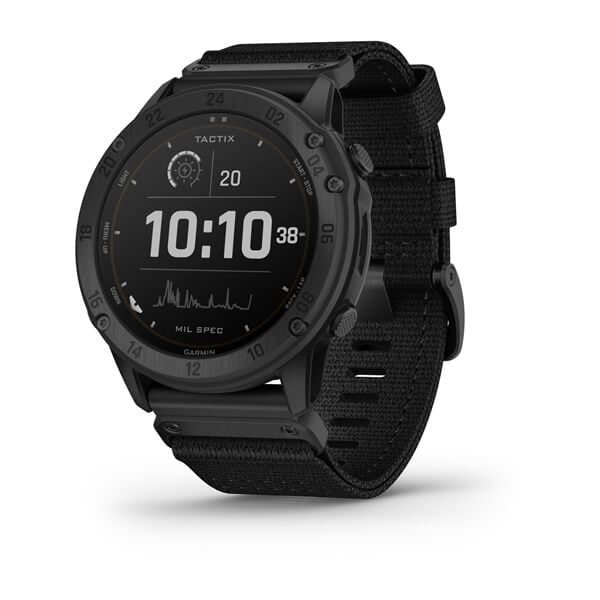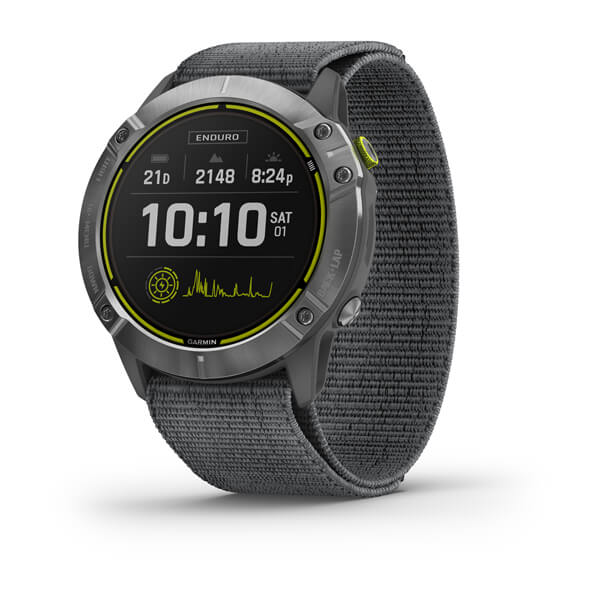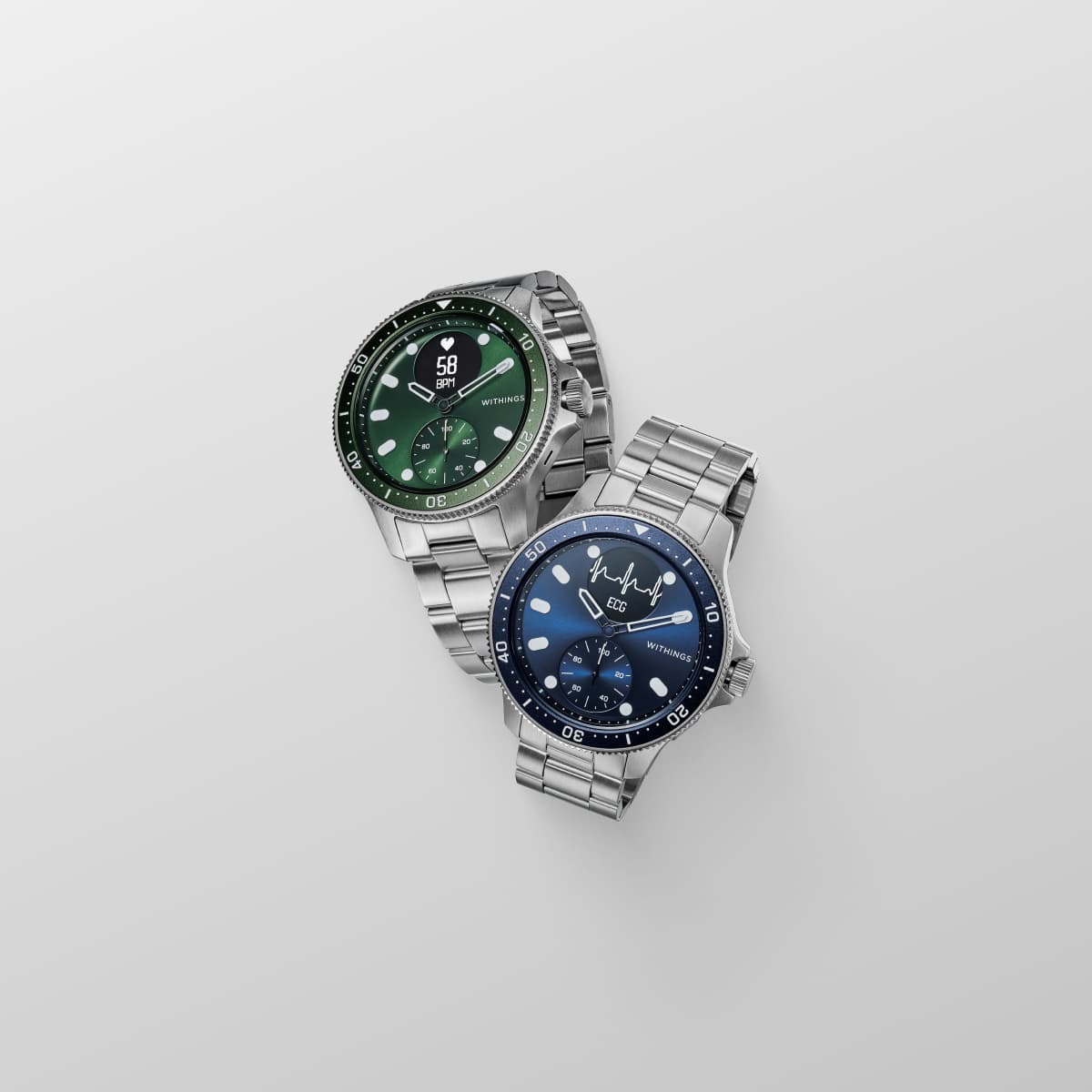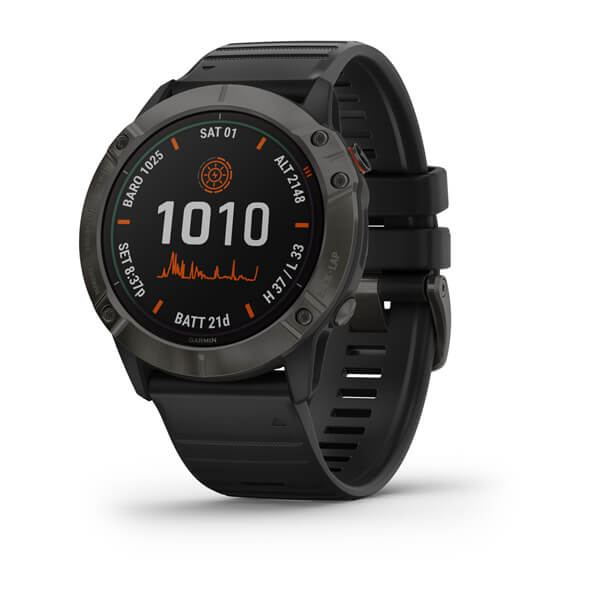Garmin tactix® Delta Solar, Solar-powered Specialized Tactical Watch, Night Vision Compatibility, Black
Solar-powered Tactical GPS Watch with Nylon Band. tactix® Delta Solar is a smartwatch that is ready for the long mission with a solar charging lens that delivers up to 24 days of battery life in smartwatch mode.
READY FOR THE LONG MISSION
Featuring a solar-charging lens, this tactical GPS smartwatch offers specialized tactical features as well as mapping, music, advanced training features and more.
Get a charge from the sunlight, so your smartwatch can go as long as you can in the field.
Ruggedly built and ready for the mission, this is built to military standard (MIL-STD-810).
Carry out field ops undetected with tactical-specific features such as night vision compatibility.
Navigate your world with multi-GNSS support and outdoor sensors.
It’s as smart as it is tough. With payments, music and notifications at your wrist.
Don’t be limited by battery life. Get up to 24 days of battery life1 in smartwatch mode.
QUALITY BY DESIGN
Tested to U.S. military standards (MIL-STD-810), the rugged yet sophisticated design features a large 1.4” display that’s 36% larger than previous tactix models.
PREMIUM MATERIALS
This smartwatch features a rugged, sophisticated design, black DLC coated steel bezel and a scratch-resistant sapphire glass that houses solar-harvesting technology.
Additional information
| LENS MATERIAL | Power Sapphire™ |
|---|---|
| BEZEL MATERIAL | Diamond-like Carbon (DLC) coated steel |
| CASE MATERIAL | fiber-reinforced polymer with metal rear cover and knurled buttons |
| PHYSICAL SIZE | 51 x 51 x 14.9 mm Fits wrists with the following circumference: |
| DISPLAY SIZE | 1.4” (35.56 mm) diameter |
| DISPLAY RESOLUTION | 280 x 280 pixels |
| DISPLAY TYPE | sunlight-visible, transflective memory-in-pixel (MIP) |
| WEIGHT | Steel: 97 g (case only: 69 g) |
| BATTERY LIFE | Smartwatch: Up to 21 days/24 days with solar* *Solar charging, assuming all-day wear with 3 hours per day outside in 50,000 lux conditions |
| WATER RATING | 10 ATM |
| MEMORY/HISTORY | 32 GB |





Reviews
There are no reviews yet.